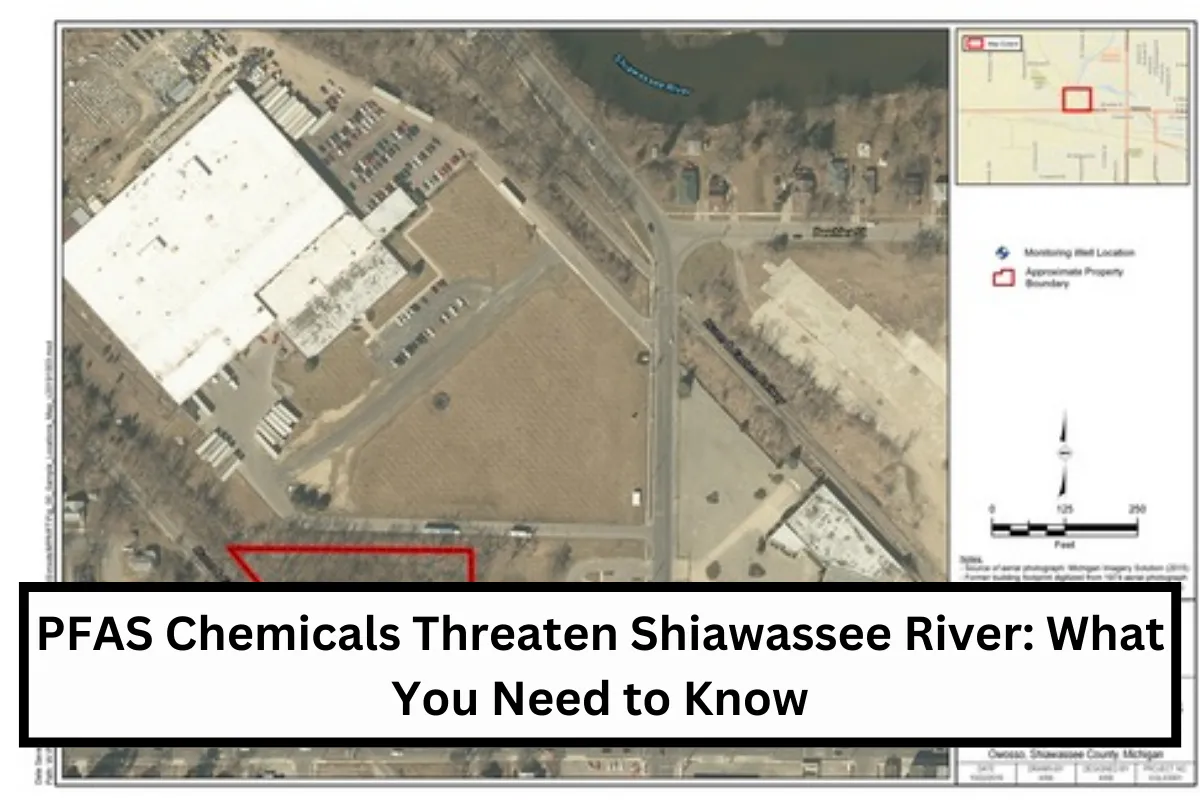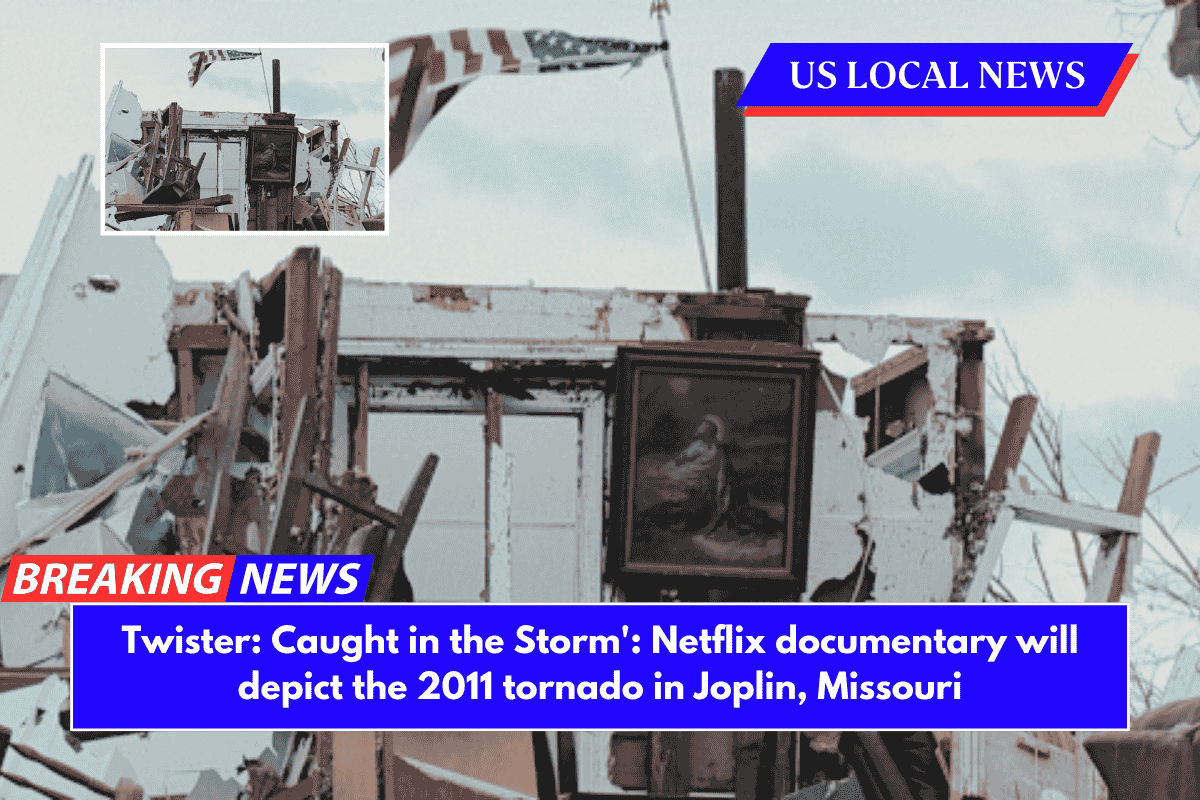Officials recently discovered dangerous chemicals called PFAS at an old industrial site in Owosso, Michigan. PFAS, or “forever chemicals,” do not break down easily and can cause serious health and environmental problems.
There is concern these chemicals might spread into the Shiawassee River, possibly affecting nearby communities. Here’s what you need to know about this situation and what officials plan to do about it.
What Are PFAS?
Per- and polyfluoroalkyl substances, commonly known as PFAS, are a group of man-made chemicals used in products like non-stick cookware, water-resistant clothing, and firefighting foams.
These chemicals are known for their durability, which is why they are often called “forever chemicals.”
However, because they don’t break down, they can build up in water, soil, animals, and even in people over time. PFAS exposure is linked to health issues like cancer, immune system problems, and hormone disruption.
Why Are PFAS at the Owosso Site?
The former industrial site in Owosso was used by factories that may have worked with PFAS-containing materials. After the factories closed, leftover chemicals remained, seeping into the ground and nearby water sources. Recently, officials tested the area and found PFAS levels that could potentially be harmful if they reach the river.
Could PFAS Affect the Shiawassee River?
Yes, if the PFAS leaks into the river, it could pose a risk to the local ecosystem and communities that rely on the river for water or recreational activities. Once in the water, PFAS can be hard to remove, making it essential for officials to act quickly. Contaminated rivers can impact fish, wildlife, and anyone who uses the water for drinking, fishing, or swimming.
What Are Officials Doing About It?
State environmental agencies are currently working to monitor PFAS levels and are assessing how far the contamination has spread. They plan to create a cleanup plan to reduce the risk of PFAS entering the Shiawassee River.
Officials are also working with environmental experts to find the best way to safely remove or contain the chemicals before they cause further harm.
What Can Local Residents Do?
Residents are advised to stay informed about the PFAS situation by following updates from local and state environmental agencies. Additionally, avoiding fishing or swimming
in certain areas of the river may be recommended until officials declare the water safe. Those living nearby can also consider testing private wells for PFAS if they rely on well water.
The discovery of PFAS at the Owosso site is a reminder of how long-lasting chemicals can affect communities long after their initial use. As officials work to clean up the contamination, the safety of the Shiawassee
River and surrounding areas remains a priority. This ongoing situation highlights the importance of monitoring and managing industrial waste to protect both people and the environment.
What are PFAS chemicals?
PFAS (Per- and polyfluoroalkyl substances) are man-made chemicals used in products like non-stick pans, waterproof clothing, and firefighting foam. They are called “forever chemicals” because they don’t break down in the environment and can cause health risks.
How could PFAS affect the Shiawassee River?
If PFAS leaks into the river, it could harm fish, wildlife, and people who use the river for drinking, fishing, or swimming. PFAS can build up in the environment and pose long-term health risks.
Why is PFAS contamination in Owosso a concern?
The former industrial site in Owosso has leftover PFAS from past factory operations. These chemicals could spread into the Shiawassee River, affecting the local ecosystem and people who rely on the river.
What are officials doing to stop PFAS from entering the river?
Environmental agencies are monitoring PFAS levels and creating a cleanup plan to prevent the chemicals from reaching the river. They are working with experts to manage the contamination.
How can residents stay safe during this PFAS cleanup?
Residents should stay updated with announcements from local officials and may need to avoid fishing or swimming in certain areas of the river. Testing private wells for PFAS may also be a good idea for those using well water.




















